Advanced Watering Techniques for Savvy Gardeners
Any experienced gardener will tell you, proper watering is the key to a lush and thriving garden.
While novices can get by with basic watering, if you want to take your gardening to the next level, it's time to explore some advanced watering techniques. With the right approach, you can conserve more water, prevent disease, and give your plants what they need to flourish.

Drip irrigation
Drip irrigation is one of the most efficient watering methods. The system involves running hoses or drip lines with water emitters along each row or plant. Water gradually seeps into the soil at the roots, minimizing evaporation and runoff.
You can install drip irrigation at the beginning of the growing season with a battery-operated timer. The system provides plants with consistent moisture and also reduces water usage.
Wicking beds
A wicking bed is a self-watering raised garden bed that comes with an innovative water reservoir beneath the soil. As the surface begins to dry out, the soil pulls water up from the reservoir through a permeable lining. Wicking beds are a very efficient, self-regulating system perfect for watering veggies, herbs, and flowers. Build your wicking bed by lining the bottom with plastic and gravel before adding the soil mix.
Hydroponic systems
While most hydroponic systems are used by commercial growers, home gardens can also benefit with simple hydroponic setups. An easy method to try is to grow your vegetables and herbs in a tub of nutrient solution, with an air stone and pump for aeration. This not only helps conserve water, but helps you gain more control over nutrient levels for optimal plant growth.
Deep pipe irrigation
Deep pipe irrigation is ideal for trees, shrubs, or deep-rooted plants. This system involves planting a perforated pipe vertically near the root zone of plants, and connecting it to a hose. By watering through the pipe, moisture is able to reach deep down the soil with less surface evaporation. This promotes root growth and drought resilience over time.
Adjust your soil
Finally, adjusting your soil composition regularly can also boost water retention and availability. Consider adding some compost as this increases the soil's ability to retain moisture. For sandy soils, incorporate water-absorbing polymers to hydrate your plants and keep them satisfied.
Meanwhile, avoid overwatering which can lead to fungal diseases, root rot, and nutrient deficiencies. With systems like drip irrigation or wicking beds providing consistent moisture, it's sometimes easy to overdo it. Always check soil moisture levels before watering and adjust as needed.
Final thoughts
Implementing these advanced watering techniques takes some effort to begin with, but the results will speak for themselves. A properly hydrated, well-watered garden rewards you with healthier plants, higher yields, and lower water bills!
Remain attentive to your plants, experiment with different methods to see which works best, and watch your garden thrive!

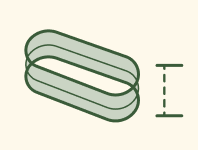
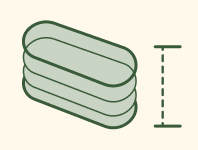
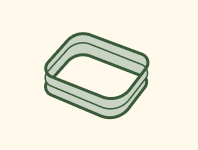
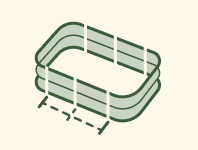
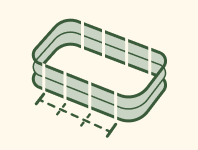
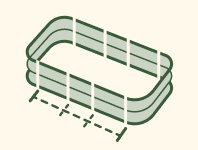
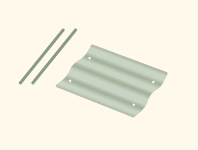
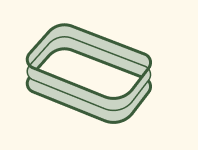
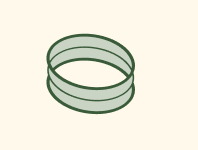





















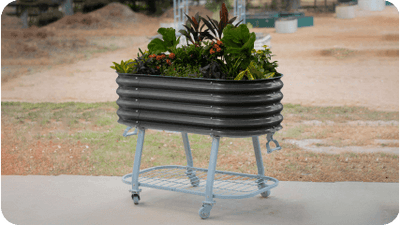








































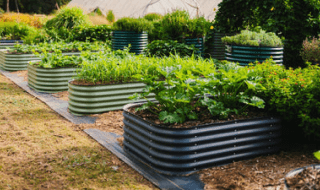
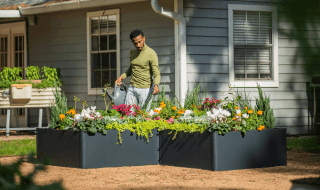
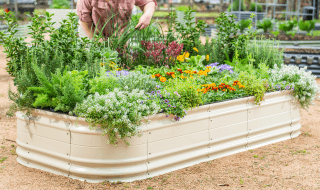
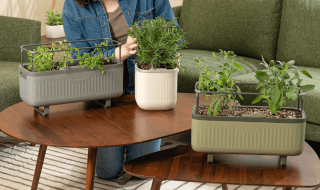
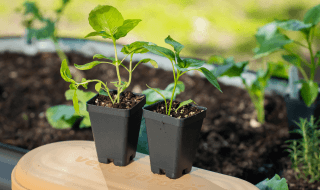
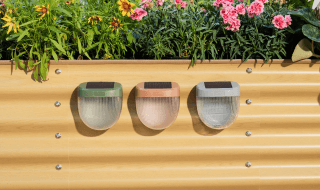
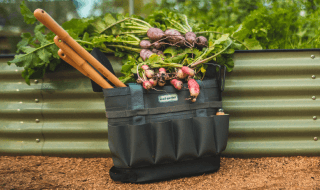
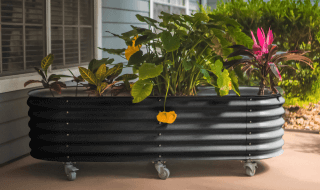







Leave a comment